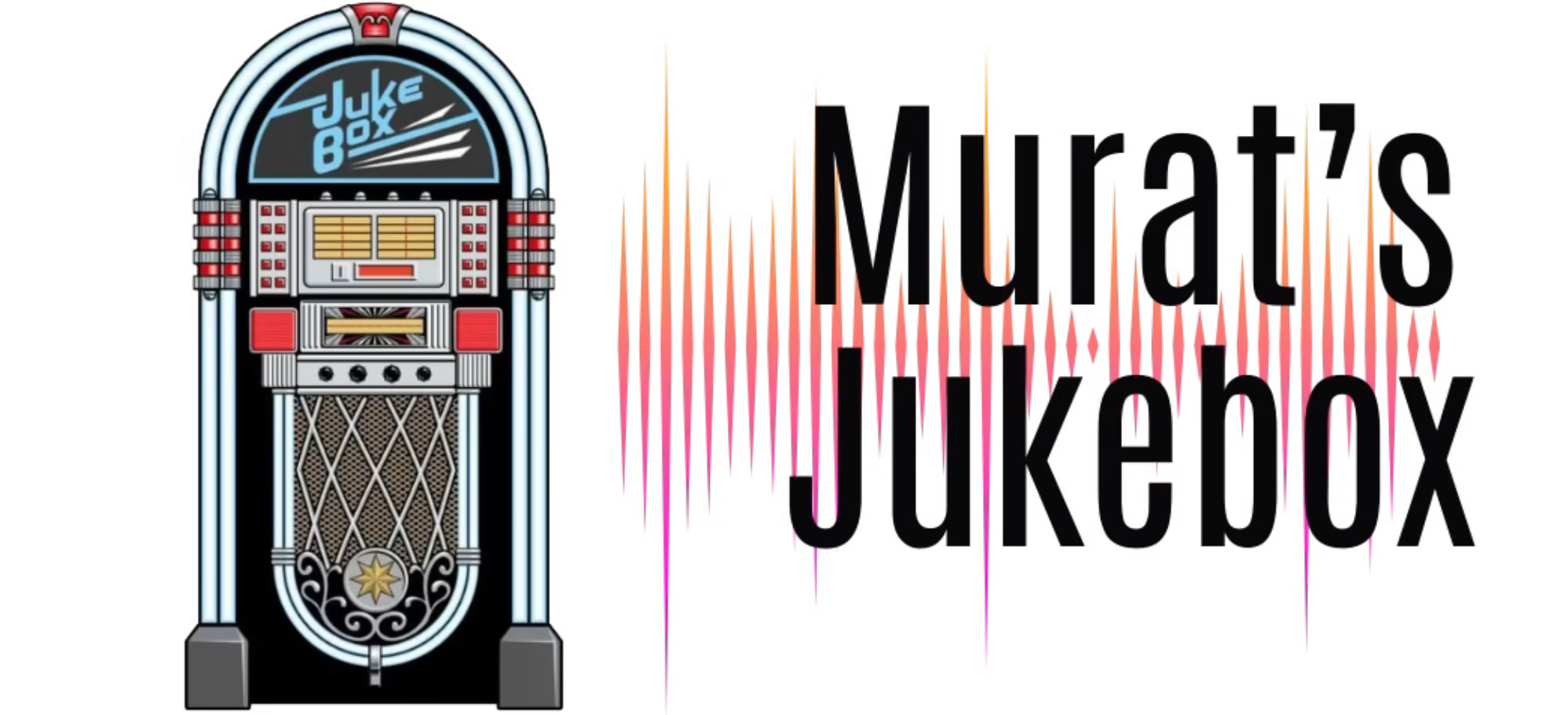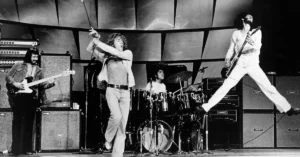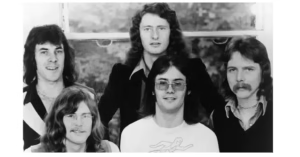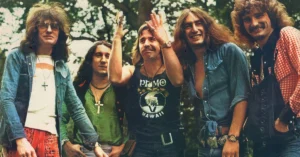Emerson, Lake & Palmer: The Bombastic Virtuosos of Progressive Rock
Emerson, Lake & Palmer. Formation and Origins
Emerson, Lake & Palmer — often abbreviated as ELP — was formed in 1970 as a supergroup consisting of three of the most talented musicians of the era:
- Keith Emerson – Keyboards (ex-The Nice)
- Greg Lake – Vocals, bass, guitar (ex-King Crimson)
- Carl Palmer – Drums, percussion (ex-Atomic Rooster, The Crazy World of Arthur Brown)
The band emerged from the British progressive rock explosion of the early ’70s and became known for their dazzling instrumental virtuosity, massive live shows, and ambitious blend of classical music, rock, and jazz.
Emerson, Lake & Palmer. Musical Style and Characteristics
ELP’s sound was defined by:
- Classically influenced keyboard-driven compositions
- Orchestral arrangements performed with rock instruments
- Epic, multi-part suites and concept pieces
- Powerful, operatic vocals and philosophical lyrics
- Showmanship, especially from Emerson, who famously played keyboards with knives or performed on spinning pianos
They often adapted or reinterpreted pieces by Bach, Mussorgsky, Copland, and Ginastera, blending rock energy with classical structures in a way no one had done before.
Emerson, Lake & Palmer. Classic Albums and Highlights
Emerson, Lake & Palmer (1970)
The debut featured both bombast and beauty, including the explosive adaptation of “Pictures at an Exhibition” (originally by Mussorgsky), the moody ballad “Lucky Man,” and the jazzy instrumental “The Barbarian.”
Tarkus (1971)
A side-long conceptual suite about a war machine armadillo, Tarkus is a prog rock cornerstone, mixing time signature shifts, sweeping melodies, and thematic depth.
Trilogy (1972)
A more refined and melodic album, with standouts like “From the Beginning” (a Lake-penned acoustic hit) and “Hoedown,” based on Copland’s rodeo piece.
Brain Salad Surgery (1973)
Arguably their most ambitious work, featuring the nearly 30-minute suite “Karn Evil 9” — a dystopian sci-fi epic combining electronic experimentation, lyrical satire, and stunning instrumental sections.
Works Volume 1 (1977)
A double album where each member had a solo side, plus one side of full band compositions including “Fanfare for the Common Man,” another Copland adaptation that became a stadium anthem.
Emerson, Lake & Palmer. Decline and Reunions
By the late 1970s, the progressive rock wave was beginning to wane, and ELP’s extravagant scale (including touring with orchestras) became financially unsustainable.
After Love Beach (1978), which received negative critical response, the band disbanded.
They reunited in the 1980s and ’90s with various lineups (briefly as Emerson, Lake & Powell), releasing albums like Black Moon (1992) and In the Hot Seat (1994), and continued touring sporadically.
Emerson, Lake & Palmer. Tragic Losses and Legacy
- Keith Emerson passed away in 2016.
- Greg Lake passed away later that same year.
Carl Palmer remains active, keeping the ELP spirit alive with his “Carl Palmer’s ELP Legacy” band.
ELP’s legacy lies in their bold, genre-defying ambition. While critics were often divided — some praising their innovation, others calling it pretentious — they were undeniably influential, helping define the sound, scale, and spirit of 1970s progressive rock.
Emerson, Lake & Palmer. Influence and Importance
ELP inspired generations of musicians with their:
- Virtuosity and complexity
- Fusion of classical and rock forms
- Pioneering use of synthesizers
They paved the way for symphonic rock, art rock, and even progressive metal, influencing bands like Dream Theater, Transatlantic, and Spock’s Beard.
Interesting Facts
- Keith Emerson was one of the first rock musicians to popularize the Moog synthesizer on stage.
- Pictures at an Exhibition was released both as a live album and a film.
- ELP’s album art, particularly Brain Salad Surgery (designed by H. R. Giger), became iconic in rock visuals.
- They sold over 48 million albums worldwide.




